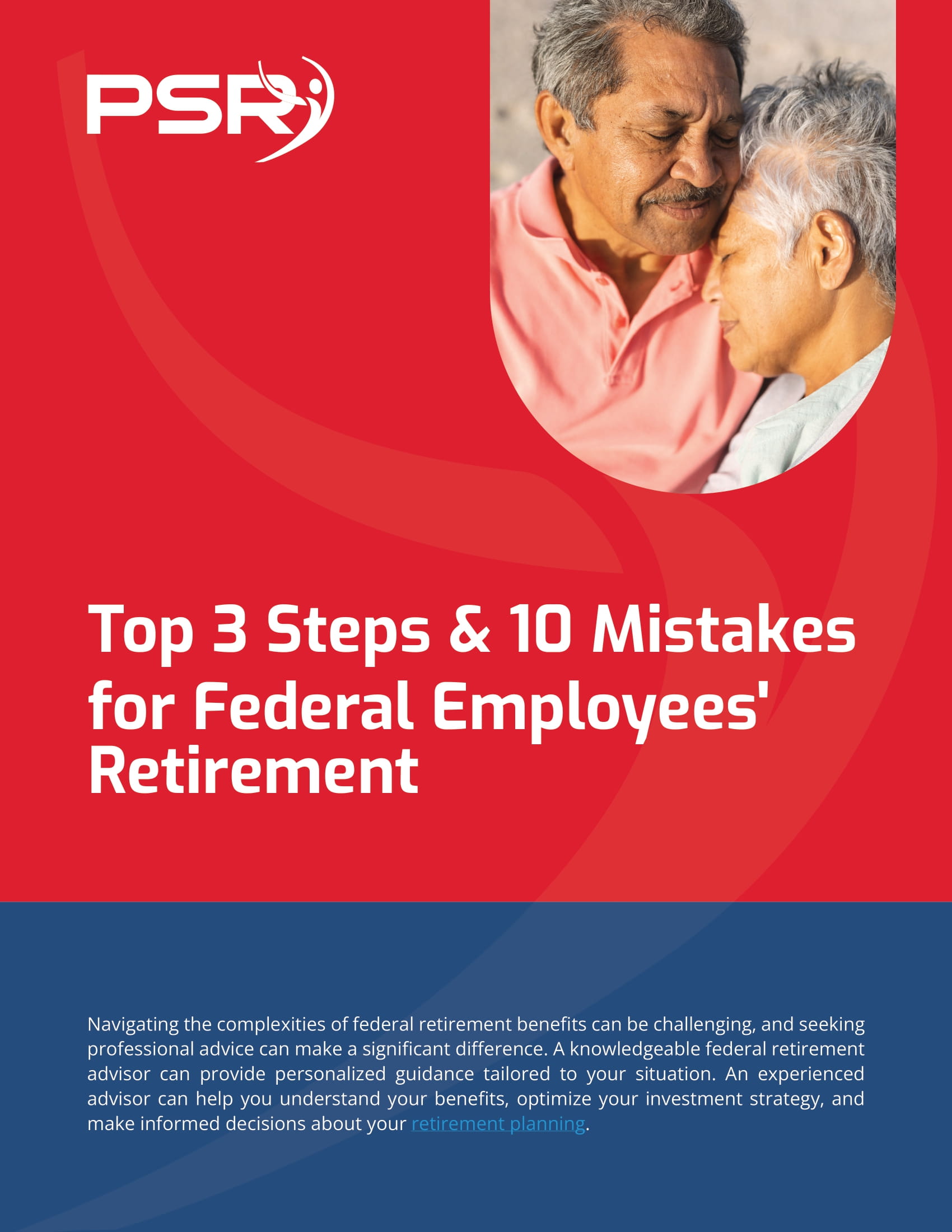Key Takeaways
-
Planning your retirement moves carefully before submitting your federal resignation can make all the difference in securing your future.
-
Considering your benefits, financial readiness, and post-retirement health coverage can save you from unpleasant surprises.
Preparing for retirement as a government employee requires more than just submitting your resignation. It’s a carefully orchestrated process that ensures your financial security, access to health benefits, and a smooth transition into the next phase of your life. Before you take that final step, make sure you’ve covered all your bases and approach the process with thoroughness and foresight.
Review Your Retirement Eligibility
- Also Read: FERS Annuities Are Rising—What Federal Employees Should Know About the New Changes
- Also Read: Why FAA Employees Are Taking Advantage of Special Programs to Retire Earlier Than Ever
- Also Read: Military Families Are Taking Advantage of New Policy Changes to Get the Most from TriCare and FEHB
Understanding your retirement eligibility is the first step. As of 2025, federal employees under the Federal Employees Retirement System (FERS) can retire at their Minimum Retirement Age (MRA) with 30 years of service, age 60 with 20 years of service, or age 62 with at least five years of service. Law enforcement officers, firefighters, and air traffic controllers have special retirement rules that allow them to retire earlier.
If you’re under the Civil Service Retirement System (CSRS), your eligibility requirements differ. Typically, you need to be at least age 55 with 30 years of service, age 60 with 20 years of service, or age 62 with at least five years of service. Eligibility rules have remained largely unchanged for CSRS employees, but it’s important to stay updated in case of any modifications.
Take the time to confirm your eligibility status and verify your service history to avoid any delays in processing your retirement application. This step is critical, especially if you’re close to reaching your eligibility milestones. Missing key documents or having errors in your records can cause setbacks.
Assess Your Retirement Income Sources
Your retirement income will come from multiple sources, and understanding how they fit together is critical. Common sources include:
-
FERS Basic Annuity or CSRS Pension – Calculated based on your years of service and your high-3 average salary. Keeping track of these calculations over time can help you estimate your retirement benefits more accurately.
-
Social Security Benefits – Available starting at age 62, though waiting until your full retirement age (67 for those born in 1963) provides a larger benefit. Postponing benefits until age 70 offers even greater payouts.
-
Thrift Savings Plan (TSP) – Contributions and earnings that you’ve accumulated throughout your federal career. Understanding your investment mix and growth potential is essential for building a strong retirement fund.
Make sure you understand how much income you’ll receive from each source. Creating a clear projection can help you decide when to retire and whether you need additional savings to meet your goals. Consider adjusting your savings strategies or making catch-up contributions if necessary.
Evaluate Your Health Benefits Options
Healthcare planning is a major factor in retirement readiness. As of 2025, the Postal Service Health Benefits (PSHB) program requires certain Medicare-eligible postal annuitants to enroll in Medicare Part B. For others, the Federal Employees Health Benefits (FEHB) program remains a primary option.
Consider whether you’ll coordinate FEHB or PSHB with Medicare. Combining Medicare Parts A and B with your federal health insurance plan can often reduce out-of-pocket costs, but not all plans offer the same level of benefits. Reviewing your coverage options annually is crucial to avoid unnecessary expenses and gaps in coverage.
Review your plan’s brochures to understand your premium costs, coinsurance, copayments, deductibles, and out-of-pocket maximums. Be aware that premiums for some plans increase significantly with age. If you’re nearing retirement, you may want to reconsider your current plan to ensure it suits your future needs.
Maximize Your Thrift Savings Plan (TSP)
The Thrift Savings Plan is a critical piece of your retirement puzzle. In 2025, the elective deferral limit is $23,500, with a catch-up contribution limit of $7,500 for those aged 50 to 59 and 64 and over, and $11,250 for participants aged 60 to 63.
Ensure you’ve contributed the maximum amount you can afford before retiring. Additionally, consider your TSP withdrawal options, including:
-
Single Withdrawals
-
Monthly Payments
-
Lifetime Annuity Purchases
Review your investment allocations and consider shifting to more conservative options if you’re nearing retirement to reduce risk. The TSP offers a range of funds with varying risk levels. Diversifying your investments can help shield you from market volatility as you approach retirement.
Plan for Life Insurance and Long-Term Care Needs
Your life insurance coverage under the Federal Employees’ Group Life Insurance (FEGLI) program can be continued into retirement, but premiums tend to increase with age. Evaluate whether it’s cost-effective to maintain your coverage or seek alternatives.
Additionally, consider your long-term care needs. The Federal Long Term Care Insurance Program (FLTCIP) has been suspended for new enrollees since 2022, but existing policyholders remain covered. Assess whether you need additional coverage to protect your assets. Planning ahead for long-term care can prevent financial strain on you and your family.
Understand Your Retirement Application Process
Submitting your resignation is only part of the process. Completing your retirement application accurately and thoroughly is essential to avoid delays. Be prepared to:
-
Provide documentation of your service history.
-
Complete required forms for your annuity, TSP, and health benefits.
-
Submit your application well in advance of your planned retirement date.
It’s recommended to submit your application at least 60 days before your retirement date to ensure a smooth transition. Gathering all necessary paperwork early will reduce stress and prevent any last-minute complications.
Final Steps to Prepare for Retirement
Preparing for retirement as a government employee involves multiple steps that require careful consideration. Ensuring you’re financially ready, managing your health coverage, and completing your application process accurately can help you avoid unnecessary setbacks.
If you need personalized advice on your retirement plans, speak with a licensed agent listed on this website to ensure you make the best decisions for your future.









